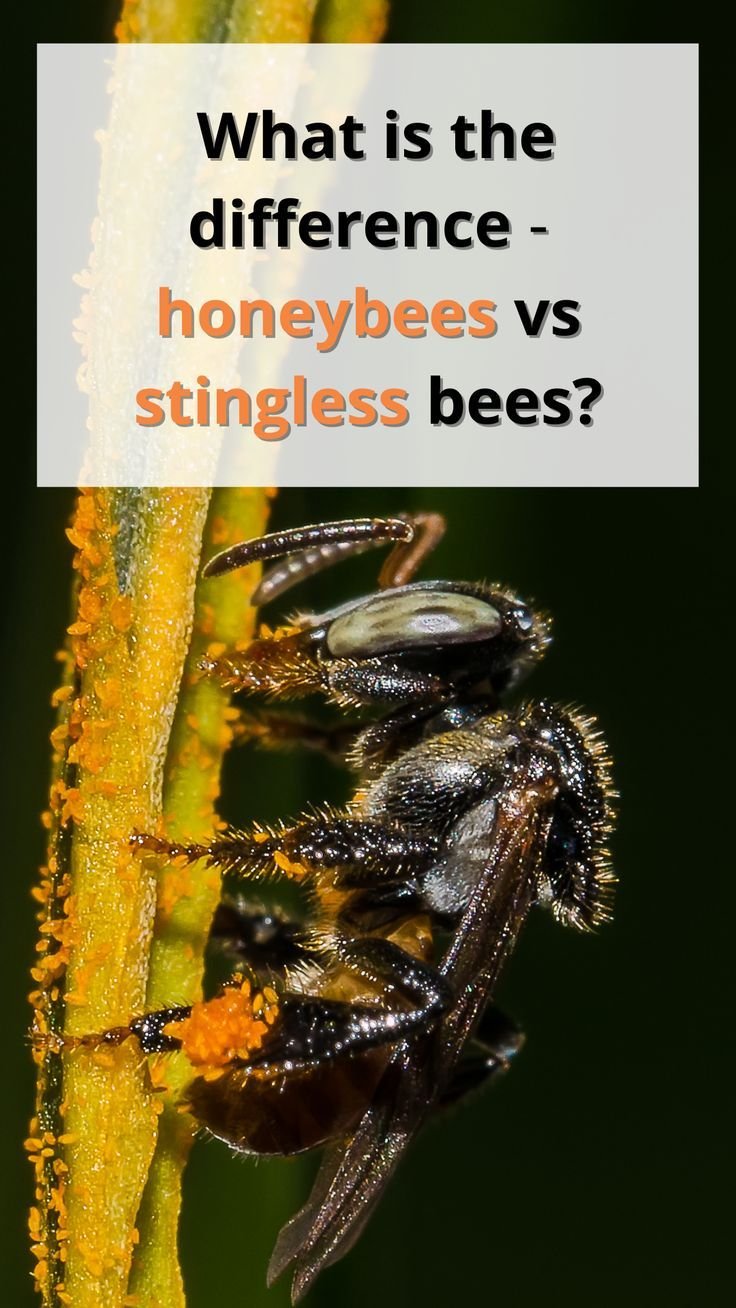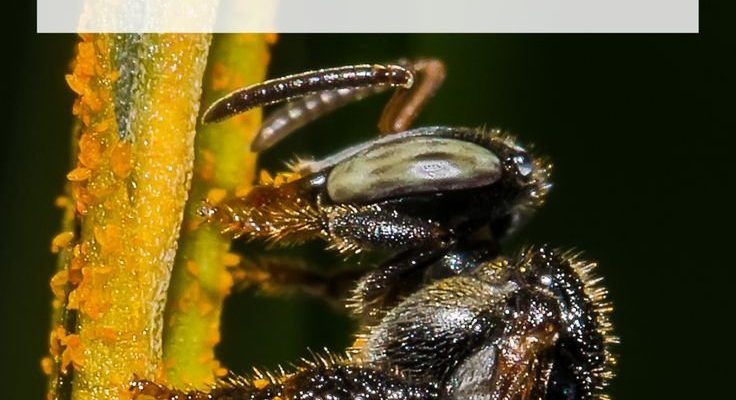
You might be wondering why people often confuse them with their more famous cousins—the honeybees. Well, stingless bees have their own unique set of characteristics, and unfortunately, some myths have popped up along the way. Today, we’re going to explore those myths, separating fact from fiction, and helping you understand why these tiny pollinators deserve our admiration. So, grab your favorite drink, and let’s dive into the buzz surrounding stingless bees!
Myth 1: Stingless Bees Are Just Like Honeybees
You might think that stingless bees are simply smaller versions of honeybees, but that’s not the case. While both are part of the Apidae family, they belong to different genera and have distinct characteristics.
Stingless bees, scientifically known as *Meliponini*, are quite different from *Apis mellifera*, the common honeybee. For starters, stingless bees lack the stinger that honeybees use for defense. Instead, they rely on their numbers and protective behaviors to keep predators at bay. They can be a little aggressive, especially when defending their hive, but they don’t sting. Imagine a little bee army, ready to defend their home but without any weapons.
In terms of structure, stingless bees have shorter bodies and are often covered with more hair, which helps them collect pollen efficiently. They tend to be more efficient pollinators for certain plants, thanks to their body structure and behavior. So, while they share some traits with honeybees, they are unique in their roles and behaviors.
Myth 2: Stingless Bees Don’t Produce Honey
Another common misconception is that stingless bees don’t make honey at all. This couldn’t be further from the truth! Stingless bees do produce honey, but it’s quite different from what we get from honeybees.
The honey made by stingless bees is usually more liquid and less viscous than the honey you’re used to. Its flavor can vary widely based on the flowers they visit, often resulting in unique taste profiles. Some people describe it as tangy or even slightly sour, depending on the nectar source. This distinct flavor can add depth to recipes or provide a new experience for honey enthusiasts.
Additionally, stingless bee honey is rich in nutrients and has medicinal properties that some people swear by. So, next time you think of honey, remember that stingless bee honey is out there, offering something a little different but just as delicious.
Myth 3: They Are Not Important for Pollination
You might be surprised to learn how important stingless bees are for the environment. Some folks assume that because they’re less famous, they don’t contribute much, but that’s definitely not true. Stingless bees are crucial pollinators, especially in tropical and subtropical regions.
These little guys help with the reproduction of various plants, including many fruits and vegetables. In fact, certain types of plants rely almost exclusively on stingless bees for pollination. They have a unique way of collecting pollen and nectar, which makes them especially effective for some floral species.
Imagine a world without these bees: fewer fruits, less biodiversity, and an uneven ecosystem balance. So, the next time you enjoy a juicy papaya or guava, remember the tiny worker bees buzzing around, making it all possible.
Myth 4: Stingless Bees Are Not Social Insects
Some people might think that because stingless bees don’t have a stinger, they live solitary lives. That’s another myth! Stingless bees are highly social insects, living in colonies that can number in the thousands.
In these colonies, each bee has a role to play, whether it’s foraging for food, caring for the young, or defending the hive. They work together in an impressive display of teamwork. Think of it like a small community, where everyone pitches in and supports one another.
Their social structure is quite fascinating. The queen lays eggs, the workers gather food, and they all communicate through dances and pheromones, similar to honeybees. So, don’t underestimate the social life of stingless bees; it’s an intricate and well-organized system.
Myth 5: Stingless Bees Are Rare and Hard to Find
One common myth is that stingless bees are rare creatures. While it’s true that they are not as widespread as honeybees, they can be found in various parts of the world, particularly in tropical regions. You might be surprised to learn that stingless bee colonies can often be spotted in backyards, gardens, and natural habitats.
In fact, there are over 500 species of stingless bees, each adapted to its environment. Some are quite common, especially in areas like Southeast Asia, Africa, and Australia. If you take a stroll in a garden during spring or summer, you might find them buzzing around, doing their thing.
Plus, many people cultivate stingless bees in their backyards, contributing to their population and helping with local pollination efforts. So, while they might not be as iconic as honeybees, they’re definitely present and playing their part.
Stingless bees are fascinating little creatures that challenge many common myths. They are not just the smaller, less-important relatives of honeybees; they have their own unique roles in our ecosystem. From their different honey profiles to their remarkable pollination skills, there’s so much to admire about these little helpers.
Now that we’ve cleared up some of the misconceptions, you can feel good about appreciating stingless bees for what they truly are. Next time you see one, take a moment to watch their busy dance. They may not sting, but they sure do pack a punch when it comes to environmental importance. So, let’s celebrate these incredible bees and the vital role they play in keeping our world blooming!

